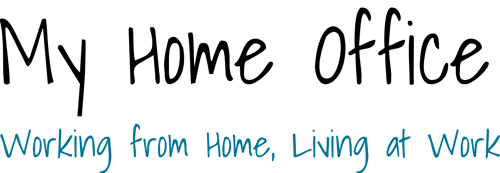Time Flies When You’re Not Watching: How to Break Up Your Day (and Stay Sane)
Working from home without meetings can make the day feel endless—or vanish in a blur. This post explores simple, mindful routines that help break up your time and keep you anchored, focused, and refreshed.
MENTAL HEALTH
6/26/20253 min read


Working from home—especially on days without meetings—can feel like entering a time vacuum. You start the morning with the best intentions, only to glance at the clock and realize it’s 4 PM, your coffee’s cold, and you haven’t looked away from the screen since breakfast.
The hours blur because there’s no structure to push back against. Without scheduled calls, coworker interruptions, or even a change of scenery, it’s easy to lose your grip on time. I’ve found that what helps most isn’t a fancy productivity system—it’s weaving in small, mindful routines that break up the day naturally.
Mini Routines That Help the Day Take Shape
These aren’t life hacks. They’re low-effort, repeatable ways to bring rhythm and awareness into your day.
🎧 Live Radio or Streaming Shows
Instead of background music or looping playlists, try tuning into live radio or a real-time stream. The subtle pacing of a talk show or music station gives your brain natural time cues—like commercial breaks, hourly news, or DJ changes. It helps mark the morning or early afternoon without needing to stare at a clock.
Bonus: it’s just ambient enough not to distract during lighter tasks or breaks.
♟️ 5-Minute Game Breaks
A short burst of gameplay—chess puzzles, word games, mini logic apps—can be a great mental refresh. It’s structured, time-limited, and just challenging enough to feel satisfying. I usually aim for one round or five minutes max.
Unlike social media scrolling (which often bleeds time), games offer a hard stop. And they give your brain a sharp shift away from work-mode before sliding back in.
📖 Read a Few Pages
This one’s simple: keep a book nearby, and during your morning coffee or an afternoon lull, read two or three pages. That’s it. Fiction works well for a true mental break, but non-fiction is fine too. The point is to use something physical and immersive to break screen dependency—even for five minutes.
It’s also a nice way to chip away at that “I should really read more” goal without needing a full reading session.
🎓 Bite-Sized Learning
Online learning platforms like Udemy or Skillshare often break courses into 5–10 minute chunks. Watching just one segment between tasks can shift your headspace and give you that “I did something for me” feeling.
I’ve found it works especially well when my energy dips mid-afternoon—a quick mindset reset that feels like progress without being work.
✅ One Tiny To-Do
On days without meetings, I like to pick one small, personal errand from my non-work list and fit it into a quiet slot. Things like reordering supplies, responding to a long-neglected message, or filing a form.
It’s not about multitasking—it’s about letting your brain switch gears briefly. These little wins break the monotony and make the day feel fuller, not just long.
🏃♀️ Midday Movement Program
If you follow a structured sport or exercise program (even a light one), try placing one or two sessions right in the middle of the workday. A lot of people do this around lunch—a quick run, a yoga video, or a HIIT routine.
Not only does this clearly divide the day, but the physical movement resets your energy and improves afternoon focus. Three short workouts per week can make a big difference—not just for health, but for staying connected to the flow of time.
🎶 Shift the Soundtrack
Changing your background music at specific times can subtly cue different parts of your day. For example:
Ambient or classical in the early morning
Upbeat playlists post-lunch
Lo-fi or jazz toward the end of the day
These shifts act like signposts—reminders that the day is moving, and you are too.
Especially Useful on Meeting-Free Days
Without meetings or social interruptions, you’re in charge of setting your own pace—and that can be harder than it sounds. These micro-routines create natural transitions that mimic the rhythm of a structured workday, without actually needing one.
They also protect your focus. Instead of powering through long stretches and burning out, you insert brief, energizing breaks that help sustain momentum all day long.
Try Just One
You don’t need to build a new schedule overnight. Just try one small thing tomorrow—tune into live radio, read two pages, change your playlist at noon. If it helps, keep it going.
Sometimes, staying productive is less about managing tasks and more about managing time awareness. These little anchors can make all the difference.
